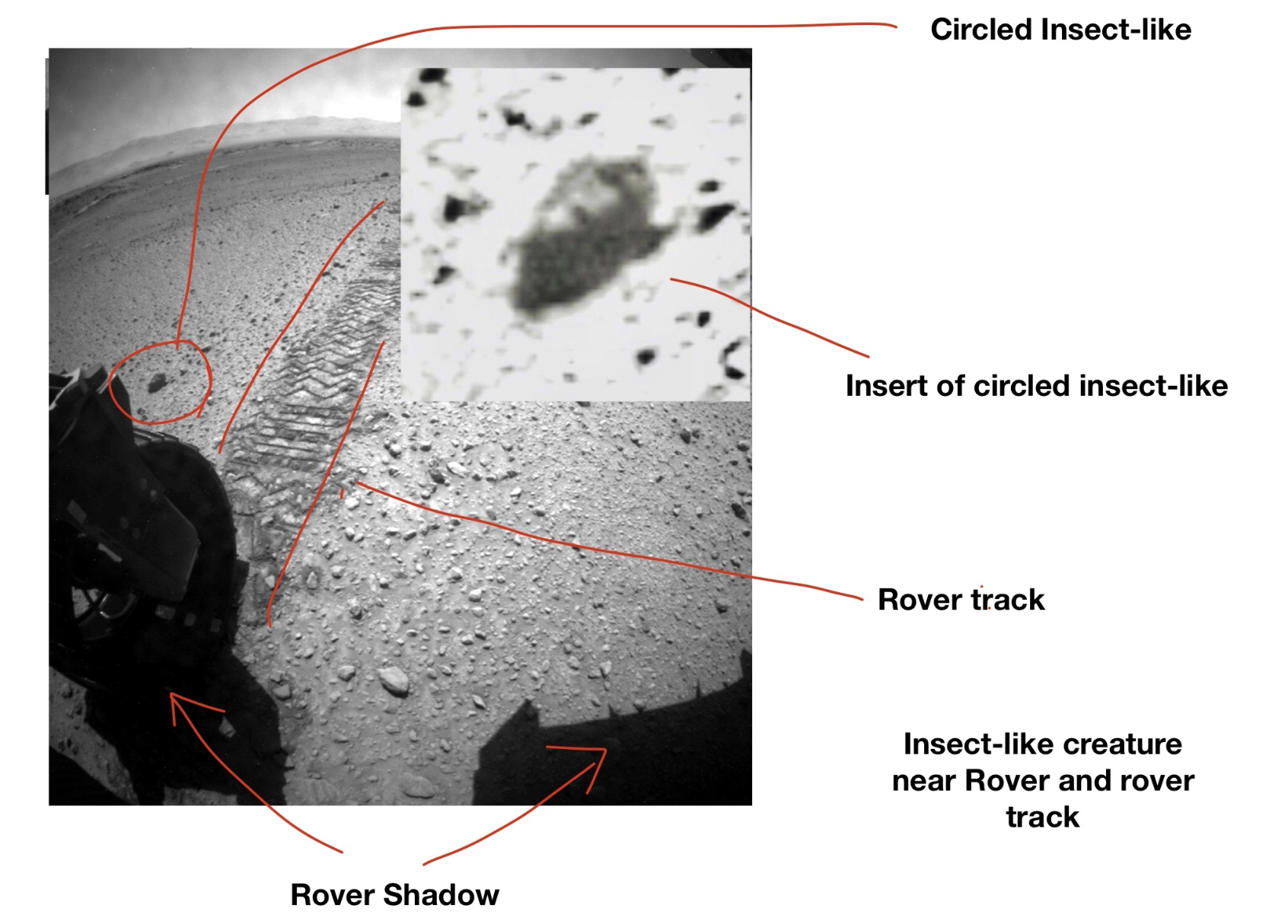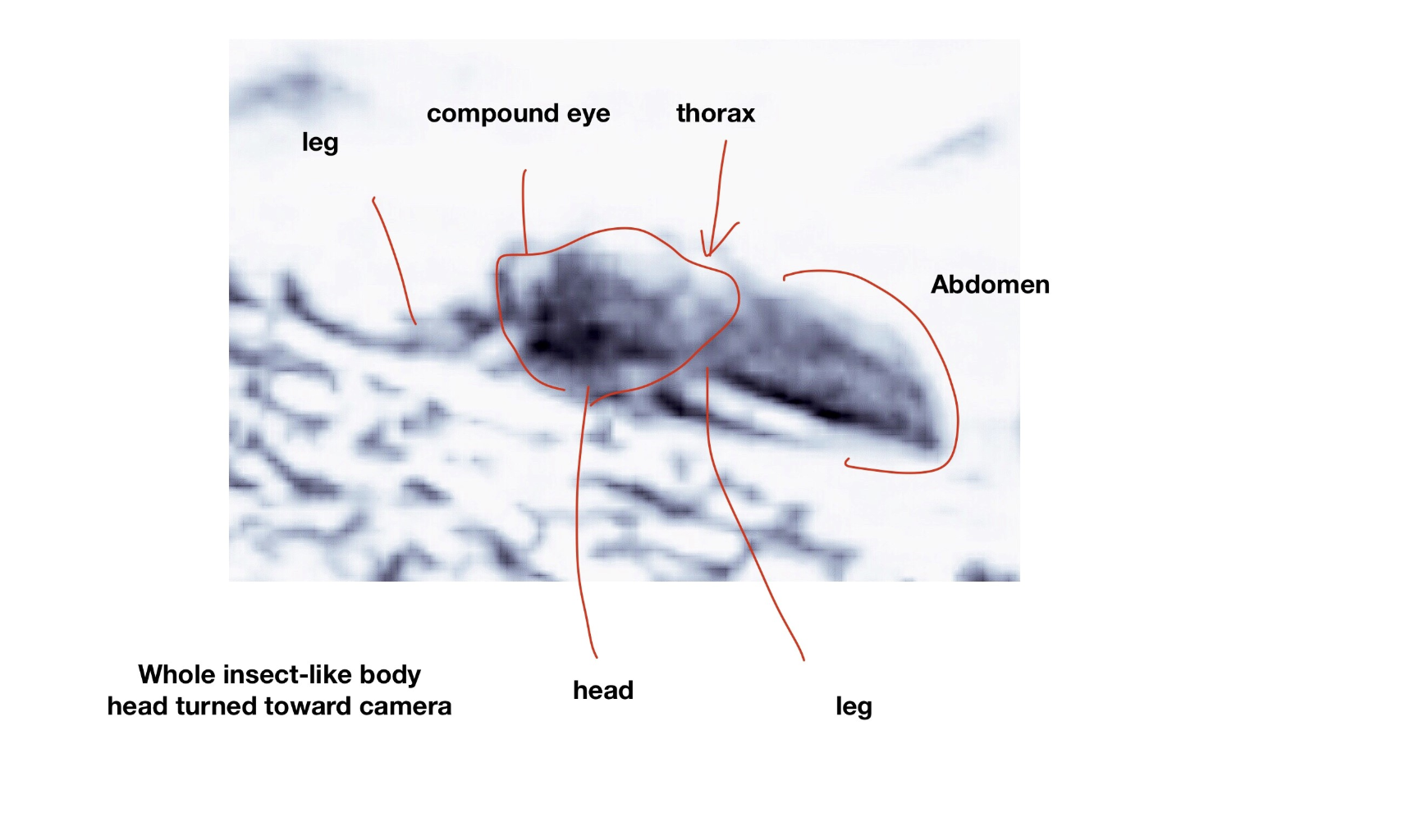Ohio University Won’t Say If It Still Believes Insects Actively Live on Mars
Credit to Author: MJ Banias| Date: Wed, 11 Dec 2019 14:25:46 +0000
Late last month, an Ohio University entomologist claimed that there are fossilized and living insects on Mars. The university went so far as to write a press release about his findings, which has since been deleted. What is it hiding?
Dr. William Romoser, an entomologist and professor emeritus at Ohio University, presented a research poster at the Entomological Society of America conference in St. Louis in November suggesting that Mars may be home to reptilian and insect life.
In a press release issued by the university, Romoser stated, “There has been and still is life on Mars.” Referring to several images on his research poster, Romoser explained, “there is apparent diversity among the Martian insect-like fauna which display many features similar to Terran insects that are interpreted as advanced groups—for example, the presence of wings, wing flexion, agile gliding/flight, and variously structured leg elements.”
The university later removed the press release from its website stating that Romoser does not wish to engage with the media regarding his findings. In an email, an Ohio University spokesperson said "the faculty member no longer wishes to engage with media regarding this research, so we have opted to remove the story from our website."
The Ohio University spokesperson did not answer specific questions such as whether the university believes there are insects on Mars, if it stands behind the research, and how it decides what press releases to write up. The original press release has been archived here.
Romoser served as professor of entomology at Ohio University for 45 years, co-founded its Tropical Disease Institute, has written a widely used textbook on the subject, and even spent 20 years working with the US Army researching infectious diseases.

Using photographs taken by NASA’s Mars Rover, Romoser highlights several images that show formations that do have an insect-like appearance. Presenting over a dozen still images, some, he claims, contain visual evidence of a head, thorax, abdomen, and even legs. His assertion, according to his research poster, is “it appears that the ‘Red Planet’ enjoys a surprising abundance of higher life forms.”
It must be noted that Romoser’s work has not been peer-reviewed. While these images are most likely of rocks on the Martian surface mixed with the very human tendency to generate recognizable shapes in random patterns, known as Pareidolia, the entomologist is very much an alien and UFO buff.
Intermingled with his professional research are studies of UFO-like objects on the red planet. One technical report is titled, “Additional Evidence for Unidentified Aerial Phenomena (UAPs; UFOs) on Mars & Possible Grounded Aerial Craft.” Romoser did not respond to Motherboard’s requests for comment. His personal website was public, but has since become private.

Some fringe actors within the UFO community have had a long fascination with combing through videos and images taken by cameras aboard the International Space Station and various Martian rovers making claims that NASA has captured footage of aliens, their ships and even their pyramids. One company, which is a textbook example of caveat emptor, will even sell you images, which according to their Terms of Use Policy does not guarantee their accuracy and maintains a very strict “No Refund” policy, of Martian life forms for a paltry $350,000.
While Romoser may just be fooling around with the intention to bug the etymology community, the desire for Earth life to not be alone in the solar system is a strong one. Loneliness is frightening, and the possibility of alien life, no matter how small, is better than nothing at all. With all that being said, Romoser may actually be onto something, and if so, he just made the deadly and harsh planet of Mars scarier. It has bugs now.
This article originally appeared on VICE US.